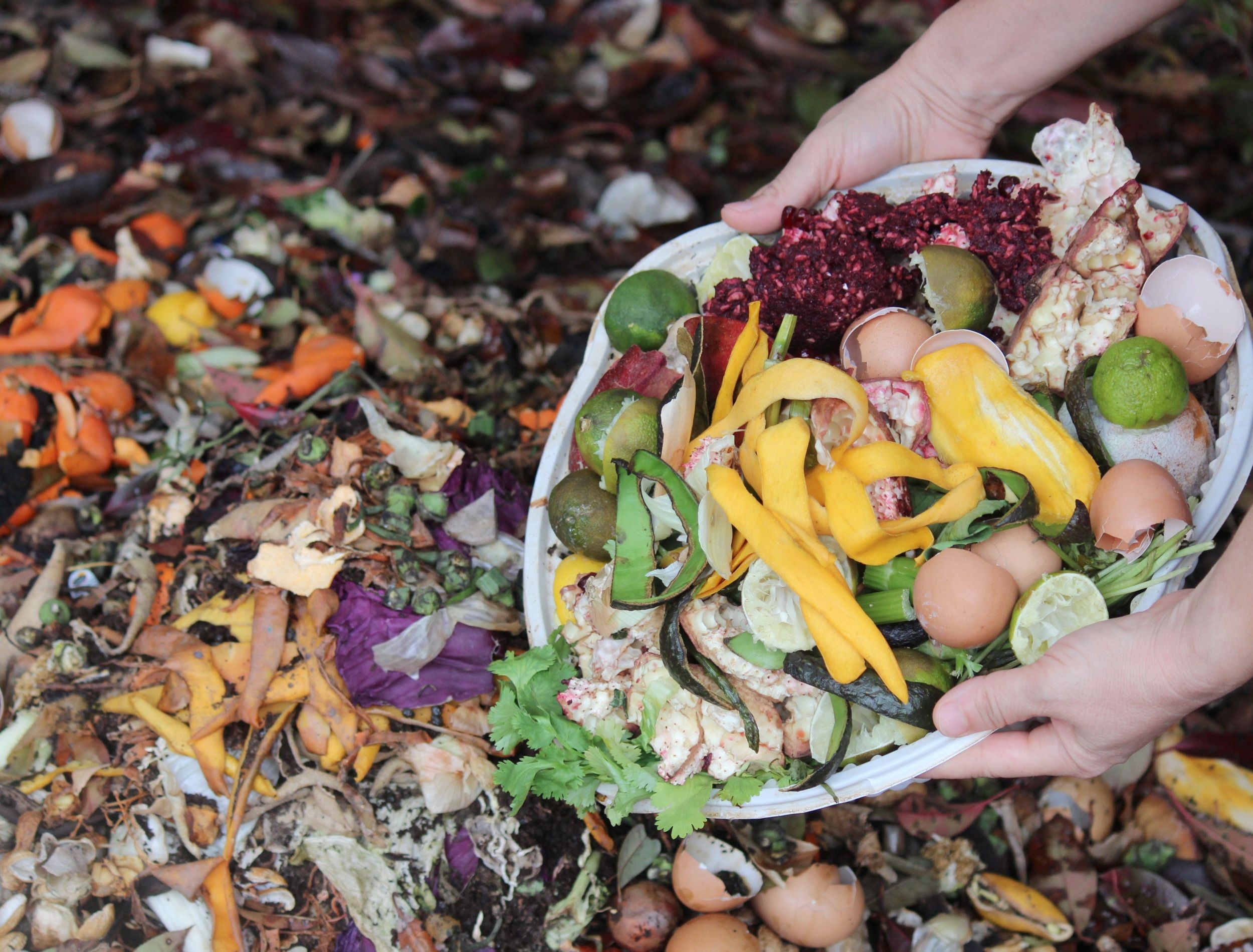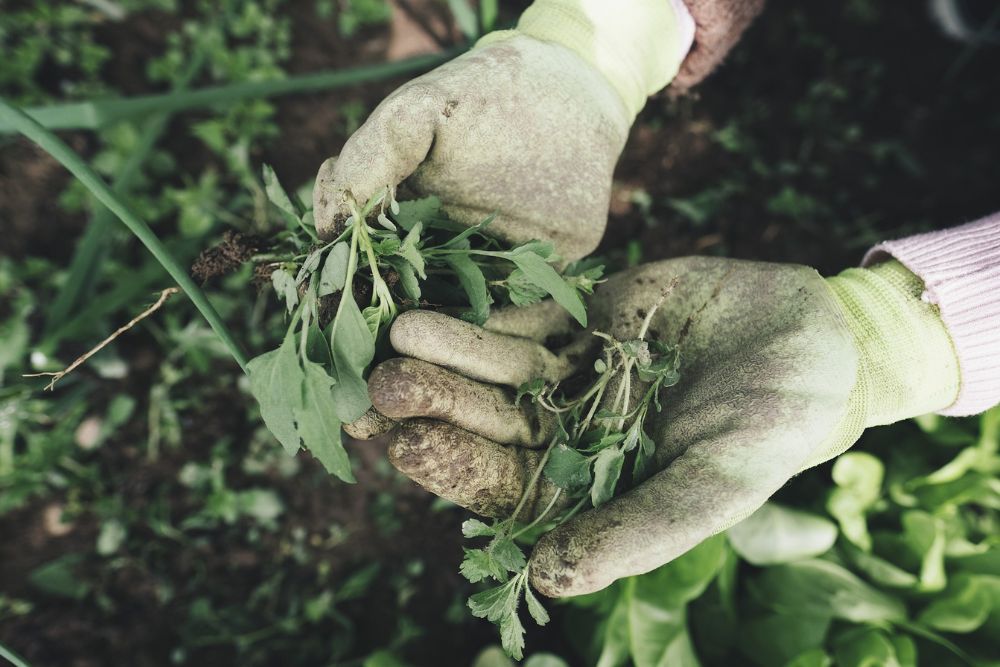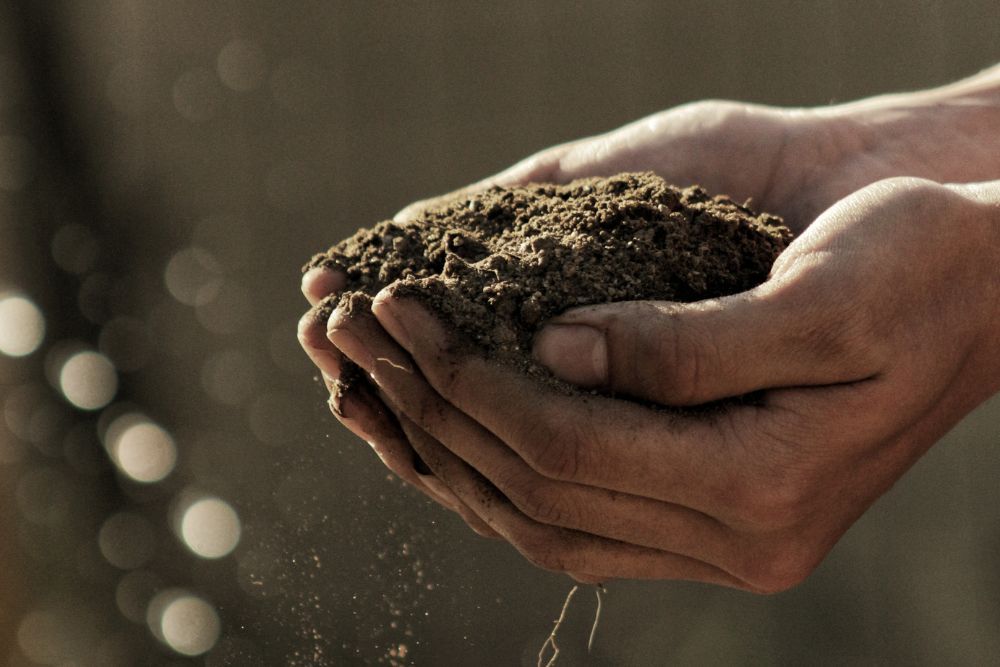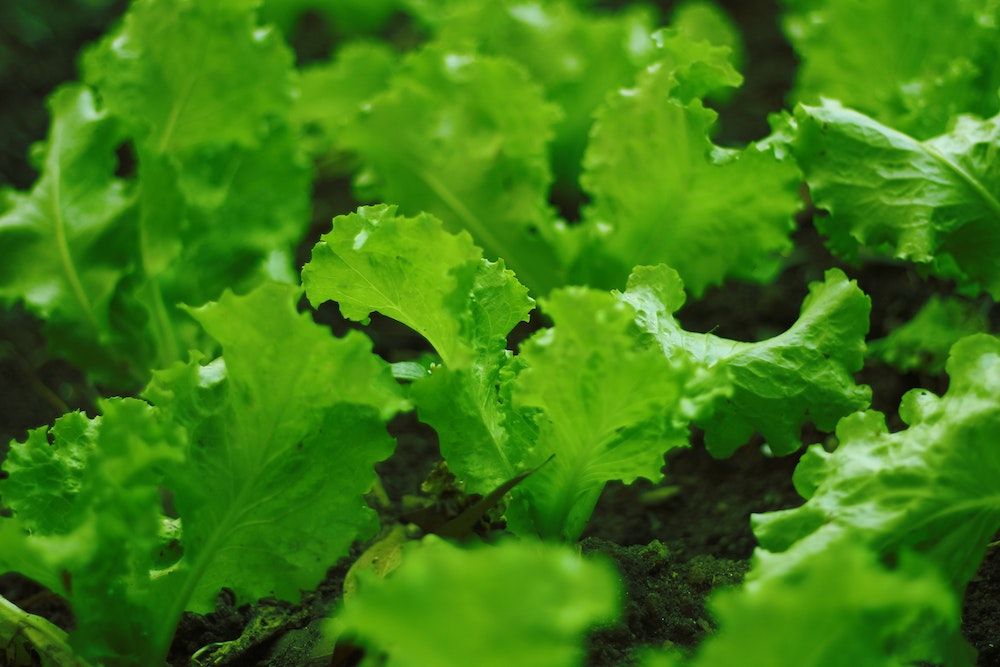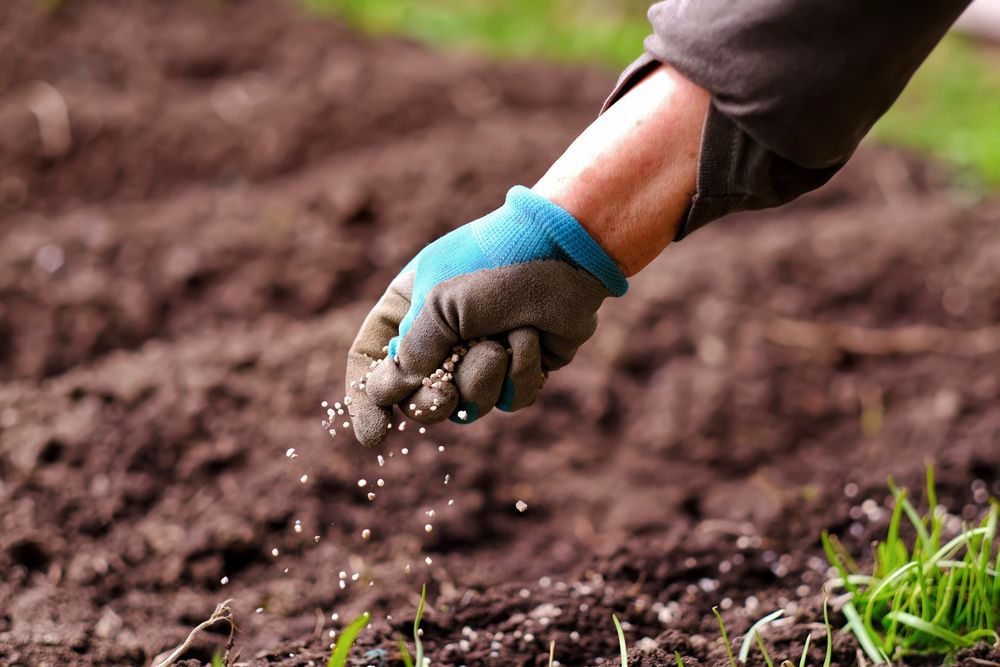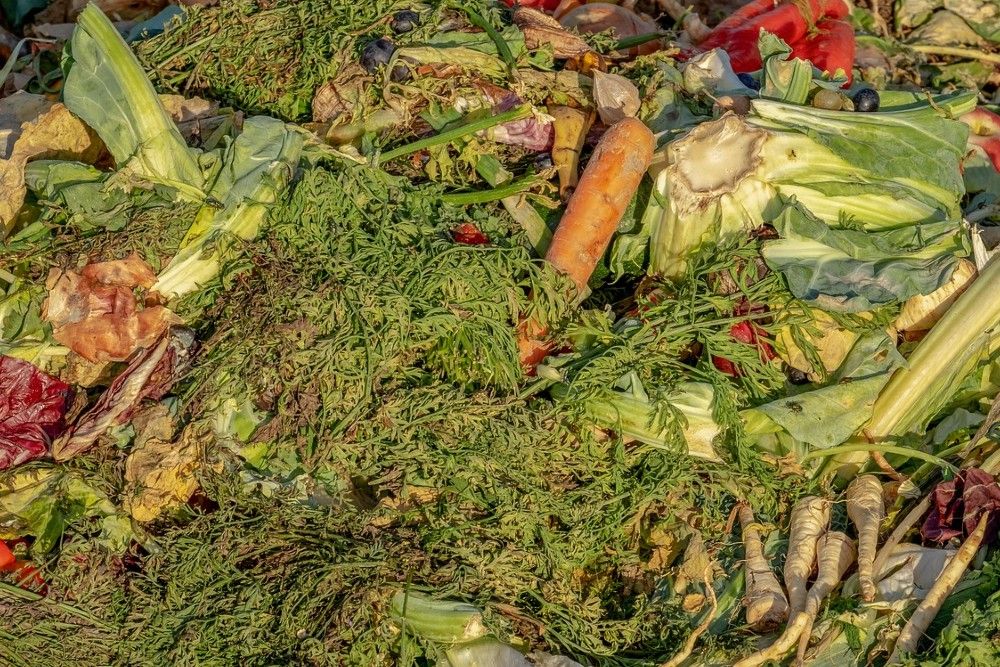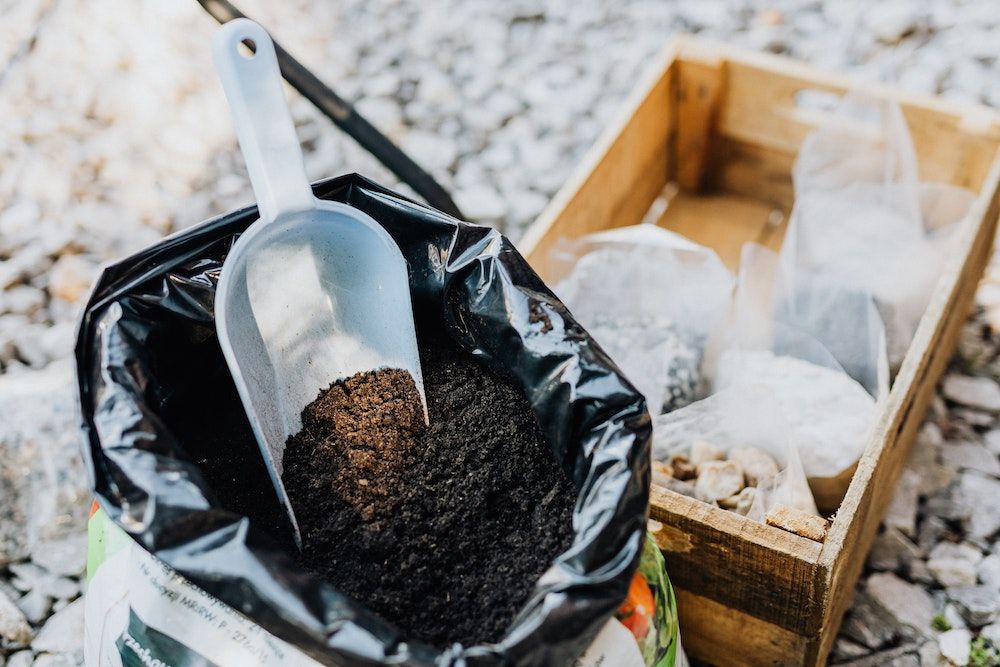Lasagna gardening, also known as sheet mulching, is a brilliant way to create a new growing space for your plants, vegetables, and fruits. As the name suggests, it involves the layering of different materials to create a nutrient-rich garden bed. By overlapping materials such as cardboard, compost, yard waste, and soil, you can make a garden designed for thriving growth and bountiful yields.
The organic, no-till method offers many benefits for the growers and the environment. Below are eight amazing benefits of lasagna gardening.
1. Fewer Weeds
Image credits: PhotoAC via Pixabay
The first layer of lasagna gardening comprises overlapping cardboard and newspaper laid directly on top of the ground. This layer smothers most weeds and other unwanted growth, preventing them from creeping up to the top soil layer.
In addition, the topmost layer of the gardening method consists of a thin layer of mulch. This mulch also keeps any weeds that have found their way to the top from sprouting. Hence, the dual action of the first and the last layer reduces weed growth that would compete with your plants for nutrients.
2. Improved Soil Quality
Image credits: Gabriel Jimenez via Unsplash
Lasagna gardening generates a suitable environment for the growth of fungi and microorganisms that support plant growth. These microorganisms decompose the compost layer, releasing nutrients to enrich the soil.
Moreover, they can regulate nitrogen, phosphorus, and carbon levels in the soil, thus enhancing the soil structure and aggregating stability. Soil brimming with fungi, algae, protozoa, and other microorganism enables the plants to better defend themselves against diseases and pests.
Since the soil remains relatively undisturbed, as you do not till the garden, you do not destroy the beneficial fungi and bacteria and keep the helpful microorganism preserved in the soil.
3. Easier and Low-Maintenance
Image credits: Jonathan Kemper via Unsplash
You achieve healthy topsoil over time as the accumulated leaves and debris decompose slowly to add organic matter to the soil. Lasagna gardening allows you to accelerate this process and efficiently build a plot of healthy soil to begin gardening.
It is also simpler than regular gardening, as you are saved from the back-breaking work of removing grass and weeds or working the soil to prepare it for sowing. Furthermore, soil yielded from this method is easy to work with as it is fluffy and adequately amended.
Additionally, the process is low-maintenance, as there is a lower chance of weed encroachment, minimum to no fertilization, and less spring and fall cleanup. So, skip all the digging and tilling and get gardening!
4. Higher Yields
Image credits: Daniel Dan via Pexels
As mentioned above, the final soil layer gets gradually enriched with nutrients from the decomposition of the bottom layers and the presence of microorganisms. Consequently, you enjoy a higher yield and a better harvest from your garden.
You can grow onions, potatoes, tomatoes, and leafy greens in these garden beds. While onions flourish in nutrient-rich soil, potatoes prefer the loose soil of this type of garden. Leafy greens, such as lettuce, spinach, and kale, will also thrive.
This is what makes lasagna gardening so proactive! Well-draining soil, which prevents the roots from getting soggy, is a great medium for your veggies.
5. Less Use of Fertilizers
Image credits: VisualArtStudio via Shutterstock
You need to regularly feed the soil in usual gardens to maintain a steady supply of nutrients for the growing vegetation. Contrarily, the soil in lasagna gardens is purely compost teeming with nutrients. So, you rarely need supplemental artificial fertilization, making this method quite eco-friendly.
6. Increased Composting Opportunities
Image credits: Couleur via Pixabay
One of the reasons the method is environmentally friendly is that it reduces household waste.
The compost layer consists of ‘brown’ and ‘green’ material. The brown material comes from dried leaves, wood scraps, straw, hay, and other garden waste. The green material refers to vegetable scraps from the kitchen, grass clippings, garden trimmings, and well-rotted manure. Hence, you can recycle most of the waste you generate in your garden and kitchen and convert it into biodegradable materials. It saves these waste from ending up in landfills.
7. Substitute for Poor Soil
Image credits: Neslihan Gunaydin via Pixabay
The method is excellent for areas with poor soil quality. Since you build the garden above the surface, you are no longer bound by the incompetence of your surface soil. This allows you to make the best use of your available land and grow beautiful fruits and vegetables.
8. Cheap
Image credits: Markus Spiske via Unsplash
Lasagna gardening is ideal for people on a budget. From the newspaper and cardboard for the base layer to the food and yard waste of the proceeding layer, most materials used for building your garden are readily available in your home. So, instead of buying bags of expensive garden soil, you can create healthy soil for your garden.
Lasagna Gardening for More Nutrients in Less Time!
Lasagna gardening allows you to grow fruits and vegetables at home, even if your soil is of sub-standard quality because you'll soon amend it with this nutritious process. It is also easier to skip digging, tilling, remove weeds, and fertilize to maintain nutrients. Finally, the process is eco-friendly, provides wonderful drainage, and decreased household waste reaching landfills.
Do you find lasagna gardening intriguing? Share below in the comments.

